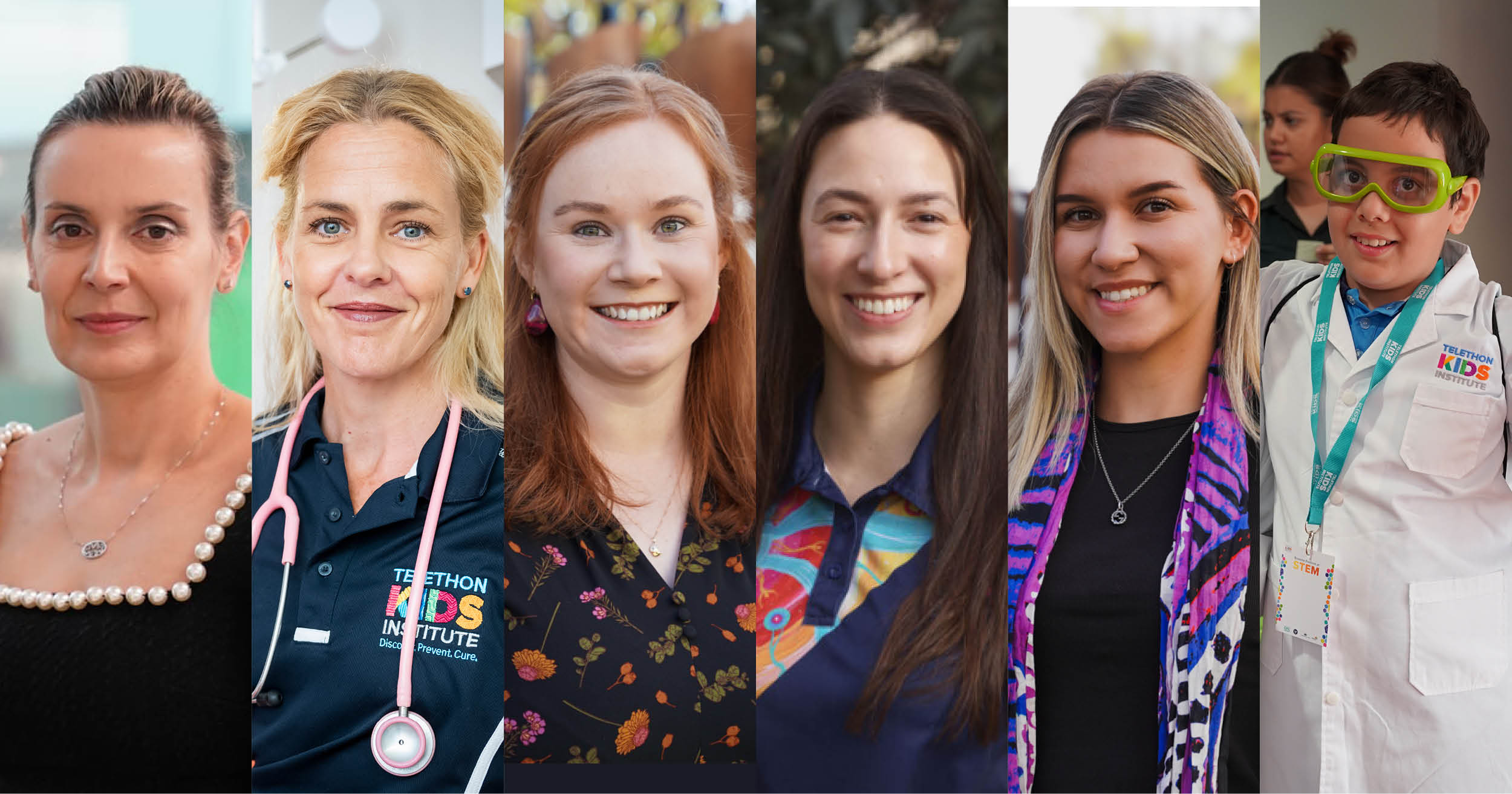Search
Research
Evidence from Australian cohort studies about asthma trajectories and transitions across the life course: a narrative reviewAsthma affects more than 300 million people worldwide and is frequently associated with other medical conditions in adults, including chronic obstructive pulmonary disease, ischaemic heart disease, and stroke. Despite the huge burden, there has been little progress toward prevention and cure, possibly related to a one-size-fits-all approach.
Research
Oscillometry: clinical significance and applicationsRespiratory oscillometry (or the forced oscillation technique) is a highly practical lung function test that can be applied in a wide range of clinical scenarios in children and adults, including the clinic, intensive care unit, patient home monitoring and emergency departments. Oscillometry measurements complement spirometry in detecting abnormal lung function, measuring effects of treatment such as inhaled corticosteroids or bronchodilators, and changes due to disease activity.
Research
Pediatric Bronchiectasis Action Management Plan to Improve Clinical Outcomes: A Randomized Controlled TrialManaging bronchiectasis exacerbations is a priority for patients, parents, and caregivers of children with bronchiectasis. However, evidence-based strategies among the pediatric population remain limited.

News & Events
The Kids researchers named finalists in 2024 Premier’s Science AwardsFive The Kids Research Institute Australia researchers and a popular Institute-led science festival for kids have been named as finalists in the 2024 Premier’s Science Awards.
Research
Lower infant mortality, higher household size, and more access to contraception reduce fertility in low- and middle-income nationsAlthough average contraceptive use has increased globally in recent decades, an estimated 222 million (26%) of women of child-bearing age worldwide face an unmet need for family planning-defined as a discrepancy between fertility preferences and contraception practice, or failing to translate desires to avoid pregnancy into preventative behaviours and practices.
Research
Gut Microbiome and Associated Metabolites Following Bariatric Surgery and Comparison to Healthy ControlsThe gut microbiome plays a significant role in regulating the host’s ability to store fat, which impacts the development of obesity. This observational cohort study recruited obese adult men and women scheduled to undergo sleeve gastrectomy and followed up with them 6 months post-surgery to analyse their microbial taxonomic profiles and associated metabolites in comparison to a healthy control group.
Research
Complete Genome Sequences of Four Pseudomonas aeruginosa Bacteriophages: Kara-mokiny 8, Kara-mokiny 13, Kara-mokiny 16, and Boorn-mokiny 1Pseudomonas aeruginosa is an opportunistic pathogen. Here, we report the isolation of four bacteriophages from wastewater. All four bacteriophages belong to the Myoviridae family.
Research
Editorial overview: The physiology of the diseased lungAlexander Larcombe BScEnv (Hons) PhD Honorary Research Fellow Honorary Research Fellow Associate Professor Alexander Larcombe began work at The Kids
Research
Posaconazole-induced hypertension in children with cystic fibrosisPosaconazole is a triazole antifungal with a broad spectrum of activity against moulds including Aspergillus spp. Emerging data suggest posaconazole may be effective in the treatment of allergic bronchopulmonary aspergillosis complicating cystic fibrosis.
Research
Interobserver Agreement When Diagnosing Hypoventilation in Children With Neuromuscular DisordersNeuromuscular disorders can lead to nocturnal hypoventilation. Accurate diagnosis of hypoventilation is imperative to guide treatment decisions. This study determined interobserver agreement for a number of definitions of nocturnal hypoventilation in children and adolescents with neuromuscular disorders.
